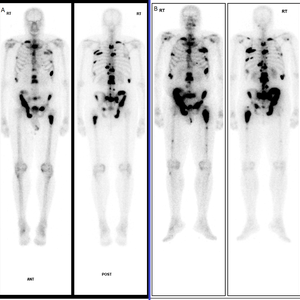Free access e-learning
Videourodynamics: when to use them and how to interpret them
Marcio Augusto Averbeck
By the end of this module you should be able to:
- define videourodynamics
- review the potential indications for videourodynamics in patients with lower urinary tract dysfunctions
- describe clinical cases to illustrate the importance of videourodynamics in urological practice
- address current limitations of this diagnostic method.

Nuclear imaging in prostate cancer
Dimitrios Priftakis and Asim Afaq
By the end of this module you should be able to:
- describe the nuclear medicine investigations that are used in the management of prostate cancer and the mechanisms of each modality/radiotracer
- explain the strengths and weaknesses of each radiotracer and imaging modality
- review the clinical utility of each radiotracer according to the literature and guidelines and apply this knowledge to different case scenarios.
Making the right decision - bias in clinical practice and how to manage it
Kieran J O'Flynn
By the end of this module you will be able to:
- recognise the significance of decision-making in surgery
- explain the pros and cons of heuristic behaviour
- recall how bias influences making a decision
- determine what a surgical expert is.





